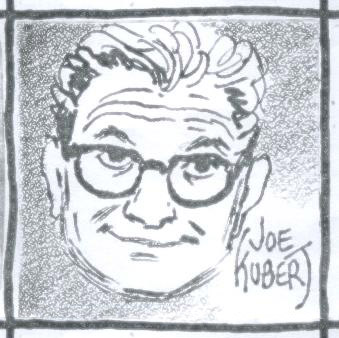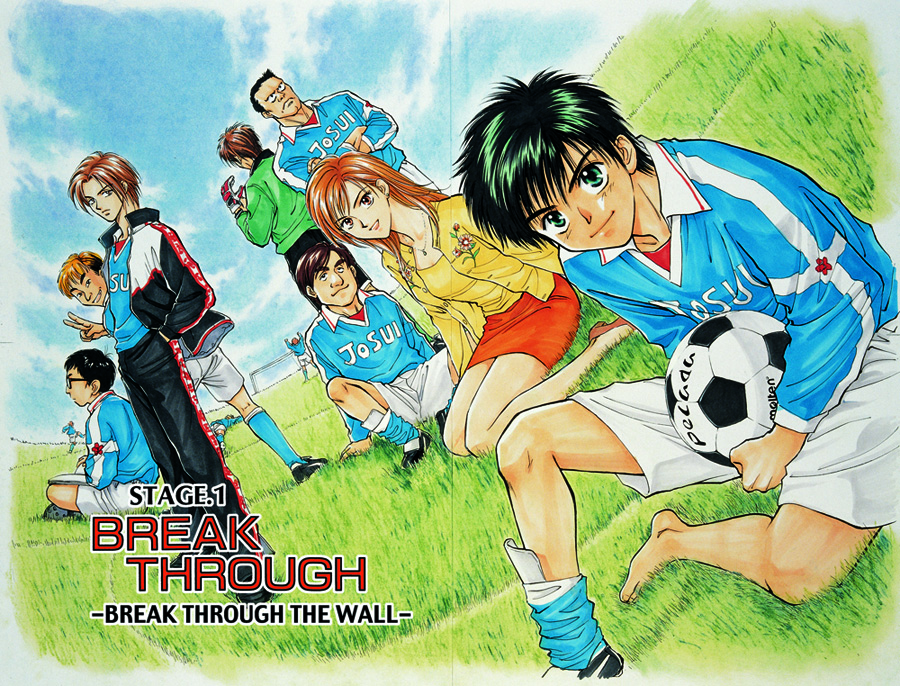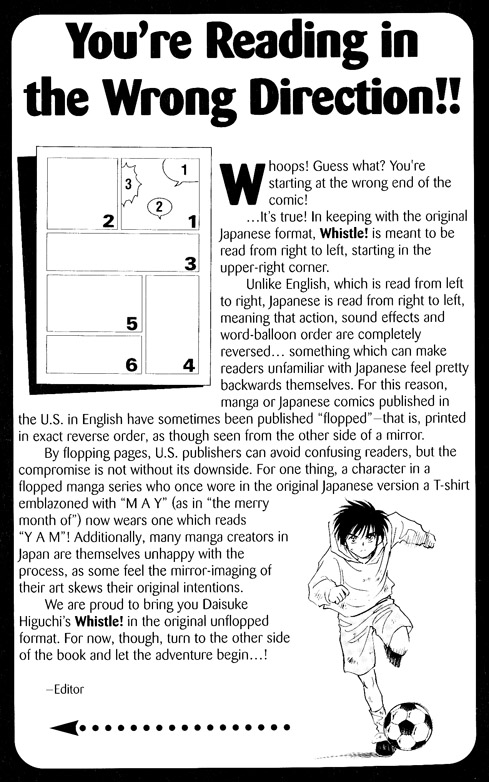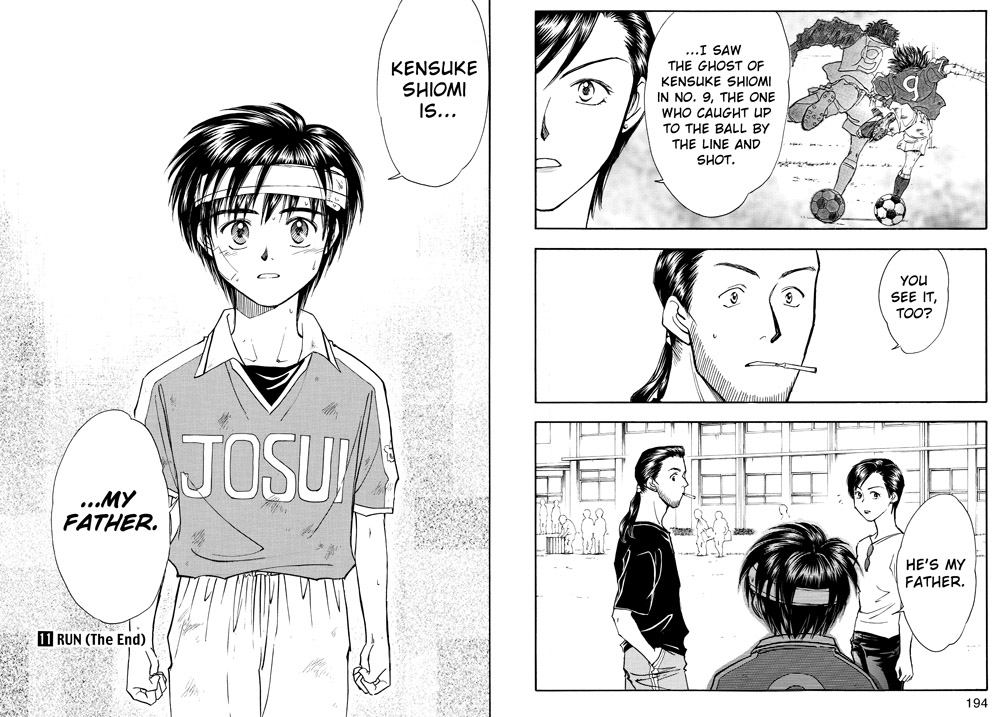I recently caught the following work of fiction underneath the title “Real Fact Comics.”
It’s the Bob Kane version of how Batman was created.
With thanks to Stephen Bissette for posting pages he got via Hernán Sergio González.
It is well documented (by Bob Kane himself even) that Kane had colleagues that worked with him on Batman – one of which was Bill Finger.
“Now that my long-time friend and collaborator is gone, I must admit that Bill never received the fame and recognition he deserved. He was an unsung hero … I often tell my wife, if I could go back fifteen years, before he died, I would like to say. ‘I’ll put your name on it now. You deserve it.'”
– Bob Kane from 1990s Batman and Me
Granted, as Kane states, that was 15 years after Finger had died.
In 1965 Kane was more vehement in how little Finger had done.
Here’s an excerpt from a letter Bob Kane wrote to the fanzine Batmania, where Kane refutes the extent of Finger’s contribution.
“The truth is that Bill Finger is taking credit for much more than he deserves… The fact is that I conceived the Batman figure and costume entirely by myself – even before I called Bill in to help me write the Batman. I created the title, masthead, the format and concept, as well as the Batman figure and costume. Robin, the boy wonder, was also my idea – not Bill’s.
The only proof I need to back my statement is that if Bill co-authored and conceived the idea, either with me or before me, then he would most certainly have a by-line on the strip along with my name, the same as Siegel and Schuster had as creators of Superman. However, it remains obvious that my name appears on the strip alone, proving that I created the idea first and then called Bill in later, after my publisher okayed my original creation.
…in all fairness to Bill, I will admit he was influential in aiding me in shaping up the strip, and there are certain characters Bill created, aside from my main characters’ and many other characters that I created, including the Batmobile. It’s been 25 years now, and truthfully, time sometimes blurs the memory and it is difficult to separate, at times, the myth from the truth, so that I cannot blame Bill too much if at times his memory “clouds.”
Interesting that Kane lays all the fault of “time sometimes blurs the memory” at Finger’s feet and not his own.
Also interesting that Kane states that if Bill Finger had created anything, “…he would most certainly have a by-line on the strip along with my name” – yet later laments years after Finger’s death. “I’ll put your name on it now. You deserve it.”
Words that were too little too late to aid Finger who died poor and alone at age 59.
Note: This according to Marc Tyler Nobleman’s blog.
Then of course there’s Kane’s epitath written on his gravestone.
“God bestowed a dream upon Bob Kane. Blessed with divine inspiration and a rich imagination, Bob created a legacy known as the Batman.”
The following rebuttal is from Ty Templeton.
“Without Bill writing the scripts and shaping the visuals, we don’t have Robin, Bruce Wayne, the Bat-cave, the Batmobile, the Penguin, Gotham City, the Signal, Commissioner Gordon, Alfred the Butler, Wayne Manor, the Batarang, Catwoman, the basic look and color scheme of the Batman costume, the Joker, The Riddler, The Scarecrow (as well as Green Lantern, Wildcat and a host of other characters!)
But Bob Kane, did, in fact, come up with the name…so let’s see….”
Next up is Jerry Robinson – the man who came up with Batman’s most memorable villain, the Joker.
“It was Robinson, who started working on Batman in 1939 with Kane and Bill Finger, who came up with the name “Robin” for Batman’s sidekick, and he was the creator or key contributor to the first and formative appearances of enduring characters such as the Joker, Two-Face and Alfred, Bruce Wayne’s butler. As comics historians now credit writer Bill Finger with co-creating the Caped Crusader, they also acknowledge that the polished, high-verve style of Robinson is clearly evident in many issues that do not bear his name.”
–Los Angeles Times — Jerry Robinson obituary
Jerry Robinson was also a champion of artists’ rights. In the 1970s he helped lead attempts by writer Jerry Siegel and artist Joe Shuster to seek compensation for Superman – a character they created.
In an interview with the Village Voice, Robinson talked about the lengths he went to in order to get this accomplished.
“So I called everybody I knew, as did [comic-book artist] Neal Adams. We got write-ups in Mexico, London, Canada, the Washington Post, and the New York Times about the plight of Siegel and Shuster.
All of that fed into negotiations with Warner [Communications]. The [first Superman] movie was in production — that was the big leverage for us. They didn’t want any bad publicity. We met every day with their lawyer. Jules Feiffer recommended his lawyer, who we got pro-bono. I called Jerry with progress reports, and we’d gotten settlement money for them, lawyers’ fees, health plans, and annuities for so much a year, and we were trying to improve each of those. Toward the end, Jerry [who’d had a history of heart attacks] said, “Settle for the best you can. It’s no good if I’m gonna pop off tonight — I need it for my wife and child.” So I knew the next day we had to settle.
[Warners] wouldn’t give the credit back. But that was the thing that had to be done, just to give the artists back their humanity and self-respect. Imagine, their own creation didn’t have their names on it.”
– NY Village Voice — Jerry Robinson, Creator of the Joker, Dishes on Superman
When the interviewer from the Village Voice brought up Bob Kane and his habit of taking credit he didn’t deserve, Robinson’s thoughts immediately went to Bill Finger.
He (Bob Kane) didn’t even give Bill Finger credit. That’s the thing that disturbed me the most. That’s why I founded the Finger Award in his honor [in 2005]. We give it to a writer who’s passed on and to a current writer, in his memory.
I credit Kane and Finger together — they really co-created Batman. The first Batman stories, when the mythos was created — Gotham city, the murder of Bruce Wayne’s parents — that was all Bill. He set the scene.
The fight for creator credit and compensation in comics has been an ongoing battle since the industry began. The winner for the most part has been the publishers and corporations who have deep pockets and retain expensive lawyers. Things are definitely better than they have been in the past, but I don’t know how much that is actually saying with how bad it was to begin with.
For more in that regard, check out these previous posts.
Work for Hire – The Fallout
Comics – Pricing your Work
For more on Bill Finger and Jerry Robinson, I recommend the following…
Bill the Boy Wonder by Marc Nobleman
Jerry Robinson: Ambassador of Comics by N.C. Christopher Couch































